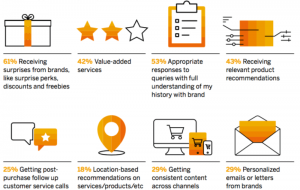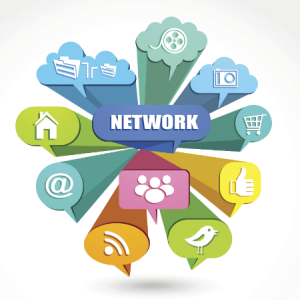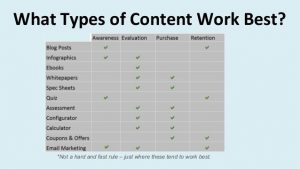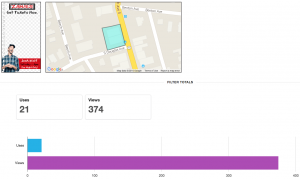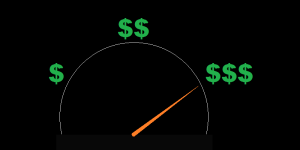 The Sales Potential From Social Media
The Sales Potential From Social Media
Of necessity, today’s B2C or B2B sales or marketing professionals must be proficient at “social selling.” Social media’s current audience of 1.48 billion consumers continues to expand daily. If you can connect with only “one-tenth of one percent” of this audience, you reach a million consumers at minimal expense, since you can use most social media for free.
Thanks to social media, you can engage in substantive conversations – “two-way forms of communications” – with every potential customer. Traditional advertising – “one-way forms of communications” – offers no conversations at all. One million new contacts, however, does not automatically mean one million new prospects, or even 100,000 new prospects. But social selling does enable you to get a strong, specific sales message to a staggering range of targeted prospects at the lowest possible cost.
So what is social selling or what is it not?
Social selling is “the identification, targeting and reaching out to prospective and existing customers through social media channels and social communities in an effort to engage them in conversations that result in a potentially mutually beneficial relationship.” Social selling communication does not disrupt its target audience the way traditional marketing does.
Social selling does not mean “lead scraping” – that is, “reading through tweets, Facebook feeds, blog post comments, updates in LinkedIn groups, and questions and answers posed in various online communities” in search of leads. Social selling is un-selling – enjoying conversations with prospects, joining online communities and creating relationships.
Social selling involves listening to what people say online and talking about what matters to them, what they need, and how your products or services can help. Social selling, even for B2C firms, is like “consultative selling.” Social selling is multifaceted; you need a cross-functional team covering sales, marketing and customer support.
What social media platforms…
For those born in 2015, what are the social media platforms?
• LinkedIn – This 200-million-member social network for professionals is growing quickly, with 173,000 “new member profiles” daily. LinkedIn includes free and paid connection tools. Create a strong LinkedIn profile with a nice head-shot photo. Add recommendations and endorsements from your customers and other online parties. Build your network by sending LinkedIn invitations to all your contacts. LinkedIn can be useful for building awareness of your product and can help inform potential customers during the “evaluation stages of the sales process.”
• Twitter – This wildly popular “microblogging” website registers 400 million tweets – 140-character-maximum messages – daily. Tweeting is an effective platform for introducing yourself to a vast online community. Tweets – the individual messages – are now so influential that Nielsen established its own Twitter TV Rating to rank the “social engagement” of TV programs and events.
• Facebook, Google+, and online communities – Technorati Media reports that blogs and Facebook influence more purchases than any other social media entities. Consumers rate Google+, Facebook, and YouTube as the “most popular of all platforms.” These outlets enable you to connect with an impressive number of people and active online communities. Facebook alone has three-quarters of a billion members; it’s valuable for the “purchasing” stage of a sale; Google+ works best during the “post-purchase stage.
• YouTube and Pinterest – YouTube fans spend four billion hours each month watching online videos, a natural, terrific venue for product demonstrations. Keep your YouTube videos short and to the point. Showcase photos of your products and related images on Pinterest, where “15% of all Internet users” spend time. Some brands’ pins include detailed data about their products, including prices. Pinterest promotes impulse shopping.
• Mobile sales – As smartphones and other mobile units become increasingly ubiquitous, companies must ensure their online content conforms to the smaller screens – and the other specs – of these popular high-tech devices. Market research from eMarketer predicts that by 2017, three out of four “digital buyers” will purchase via mobile devices.
• Blogs – Prominent bloggers are also prominent influencers. Look for appropriate communities: blogs where people with similar interests congregate and communicate!
Need help using these networks? Feel free to join us June 23rd at 1 p.m. ET for our Social Forum.
(209)

